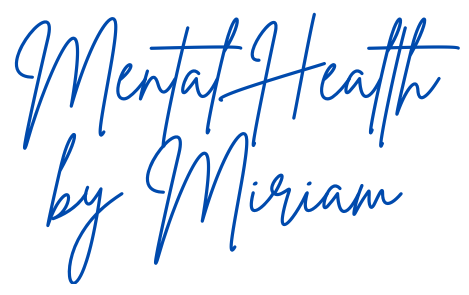Patients and doctors have a very close relationship. However, many doctors don’t always have the most up-to-date information regarding a patient’s care plan. So the patient may be at a loss when it comes to learning more about their condition, especially in a way they can understand. When you make appointments with patients, consider how vital patient education is as you learn how to enhance the readability of patient education materials.
Write Important Information First
Many patients come in with questions, and a medical professional’s job is to ensure they can answer those questions. When you’re creating educational material, make it available via web and physical copy. Patients always look for the facts and other information first, so for physical copies, keep all the important facts, treatment information, and other helpful info on the first few pages.
Digital improves engagement and encourages patients to learn in their own time. For online use, keep the layout simple and include drop-down keys that direct patients to where they need to go.
Keep Information Accurate
Patients heavily rely on medical practitioners to give them up-to-date information. However, sometimes the information may not be cited correctly or accurately, mainly because a doctor doesn’t know enough about a condition or disease. To create stronger, better-researched health literacy content for patients, build a team with other specialists who can fact-check your work and adjust accordingly.
Use Simple Language
The one thing you don’t want to do is turn each piece of patient education content into a graduate-level essay. All patients don’t read at the same grade level, nor do they always know medical jargon. When you’re crafting your informational content, stick to one writing guide style. This way, the reader won’t feel confused, and as they read further, they’ll find the answers they need to help them learn more about their health issues.
Keep Everything Short and To the Point
If you don’t enjoy reading novel-length articles that take a long time to answer one question, then your patients likely feel the same way. The moment you hand your materials to a patient, they’re going to use them as learning guides. So when structuring your content, keep sentences and paragraphs short and to the point.
Knowing these steps helps doctors close the communication gap between themselves and their patients. Patients will not only stay informed with your guide but also learn how to take care of themselves. After learning how to enhance the readability of your patient education materials, you can focus on improving the ways you deliver information on a patient’s condition. Let’s break the barrier between doctor-patient understanding by improving patient education material delivery.
Christina Duron is a writer living in the Chicagoland area. Her passion for writing and health helps her create thought-provoking, engaging pieces, and she hopes to use them to empower readers to play more active roles in their personal health-care journeys.

